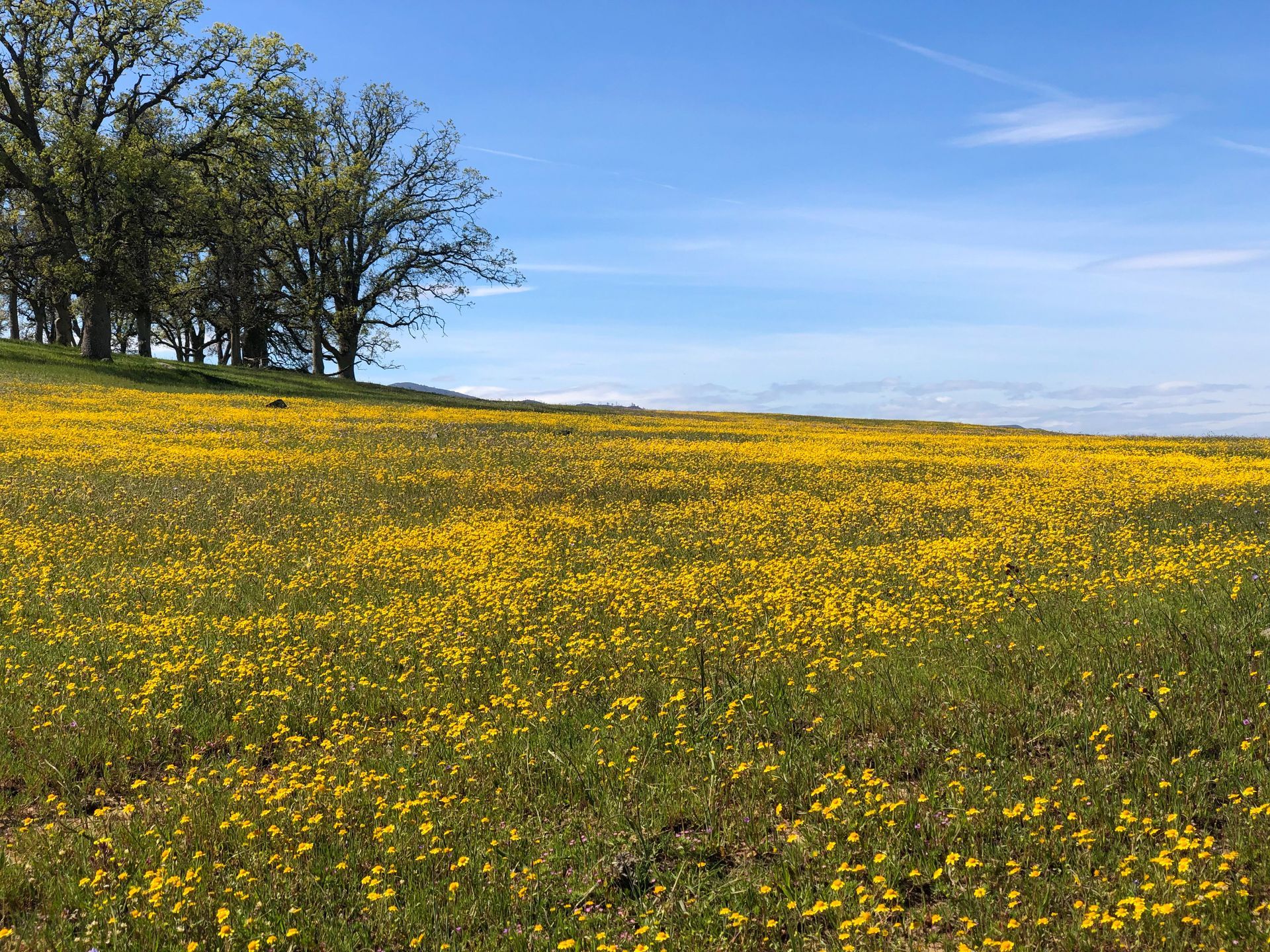Policy Corner: Rolling Back The Antiquities Act, At What Cost?

With a new Administration keen on identifying untapped sources for energy and natural resources, discussions on “rolling back” the Antiquities Act of 1906 are rising within Congress and the Administration.
The Antiquities Act is one of the most important tools available for the preservation of public lands, water, and historic sites. Passed by a Republican-led Congress and signed into law by President Theodore Roosevelt, the Act has been utilized by eighteen U.S. Presidents— nine Democrats and nine Republicans—who have collectively declared 145 national monuments. This bipartisan legislation remains essential for maintaining the integrity of natural and cultural resources.
Under The Antiquities Act, the President has the authority to reserve or withdraw federal lands or waters containing objects of historic, scenic, scientific and cultural significance. This protection prevents potential harm from commercial development, looting, and habitat destruction.
Key provisions of the Antiquities Act established several crucial tools for managing resources on public lands. These tools include:
- Presidential authority to establish national monuments from existing federal lands
- Requirements to secure permission from federal land managers before conducting archaeological investigations or removing objects
- Authority for the Secretaries of Agriculture, Interior, and War to review and grant permits to qualified institutions
- Requirements that materials, if excavated, be permanently preserved in public museums
- Authority to develop uniform rules and regulations for implementing the Act
The legislation placed the preservation of public lands, water, scientific and scenic sites firmly within the federal government's responsibility and the public's interest. Federal land-management agencies must protect these sites because of their contributions to advancing scientific knowledge and overall public benefit.
Since 1906, presidents have exercised their authority under the Antiquities Act nearly 300 times. Including many iconic National Park locations such as the Grand Canyon (1908) to the more recent National Monuments including Berryessa Snow Mountain (2015) and Chuckwalla and Sáttítla (2025).
The Antiquities Act's preservation mandates have generated substantial economic benefits. National monuments create jobs, enhance communities, and strengthen local outdoor recreation economies, which contributed $639.5 billion to national GDP in 2023. According to the National Park Conservation Association, regions surrounding national monuments also experience growth in employment and increased per capita income following monument designation, demonstrating their positive impact on communities. The national park system attracts nearly 300 million visits to National Monuments and Parks each year, contributing to approximately $30 billion in economic activity. Each dollar invested in park operations yields $10 for local communities.
Across party lines, public opinion strongly supports National Parks and Monuments based specifically on their economic impact, with 75% of voters believing public lands attract high-quality employers and jobs to their states, and 80% agreeing these lands support their economy and quality of life. This economic-focused support is distinct from the even broader 95% voter approval for federal management of public lands, which considers additional scientific and recreational benefits beyond economic factors.
Efforts to undermine The Antiquities Act contradict public opinion and would compromise its fundamental purpose—enabling presidents to act swiftly in protecting sensitive federal lands. Anti-Antiquities Act activities could expose unique federal lands to development and mining claims, degrading resources and redirecting economic benefits from public to private entities.
While The Act provides designation authority, it does not automatically establish management plans, programs, or funding for designated monuments. This is why Tuleyome’s ongoing work with local communities is crucial. Tuleyome collaborates with the public and communities connected to Berryessa Snow Mountain National Monument to develop co-management plans that protect these special places while considering both land preservation and public interests.
If you're interested in learning more about how to be involved in helping protect and steward Berryessa Snow Mountain National Monument, reach out to Bryan Pride.
-Bryan Pride (bpride@tuleyome.org)
Policy Director
RECENT ARTICLES






